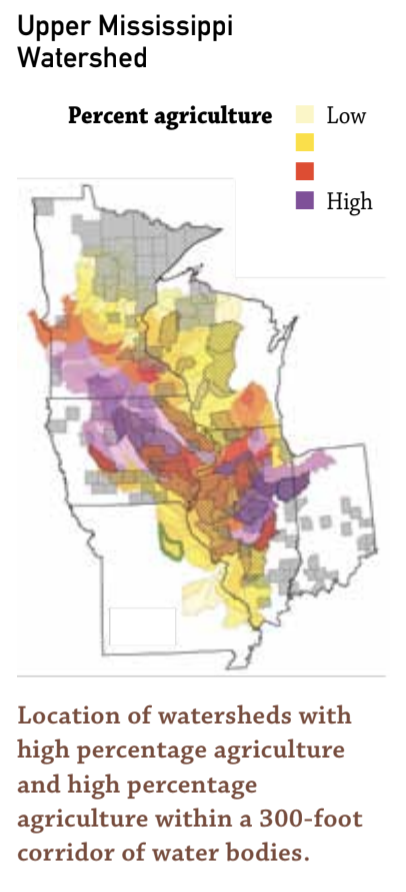In case you haven't heard, there's a target on your back! Our modern crop production system is on a collision course with the non-farming public who are becoming more removed from farming with each generation. Many outside of agriculture, including regulators, associate high-yield crop production with being environmentally reckless.
The EPA and states located in the Upper Mississippi watershed are developing strategies to deal with nutrient water quality issues. Even if you don't farm within this watershed, your farmland is located in another watershed. Every grower needs to be involved in this issue.
As the debate heats up and you find yourself attending meetings addressing how you manage nutrients, you will likely hear the term, "nutrient use efficiency" (NUE). In the case of nutrients, like N, NUE is a data calculation that Premier Crop has used since our start: total "pounds of applied N per bushel of corn produced." I like to think of the NUE discussion as "how can I squeeze the most possible yield out of every pound of N I apply?"
Future NUE discussions may be driven by environmental concerns, but our drive has also been increasing growers' profitability though more efficient nutrient use. We believe that your dat is a vital part to having the best of both worlds – producing high yields and being an environmental steward.

In a column that has national reach, it's difficult to address any specific nutrient management solution because it changes dramatically by local areas. In the Upper Midwest, we are blessed with highly productive soils that are high in organic matter.
Recent university studies show that on average, 50% to 70% of the N that feeds our crop is soil-supplied, not fertilizer-supplied! This means we need to better understand the differences in N-supplying abilities of different management zones in our fields, across farming operations and throughout local areas.
As the late management guru W.Edwards Deming said, "You can't manage what you don't measure." A great starting place for using your data to manage N is calculating your NUE (total "pounds of N per bushel produced") for each field and by N-management system. Another starting place is to put higher and lower N-rate Learning Blocks within a field's management zones – the high check Learning Block being 30 pounds more N, and the lower check bing 30 pounds less.
Where is your baseline on becoming a better nutrient steward? Your answer should be your data. What better way to find out the truth about how nutrient efficient you are than digging deeper into your yield, soil test, management zone and applied fertilizer data?
Throughout this column we refer to your data being critical to solving problems, but what may be missed is the word "your." Understanding that your data is yours, and yours only, is of great importance. There is nothing anonymous about GPS data. Be careful – don't volunteer your data unless you're sure of the benefit.
GOT DATA?
1. What is your "average pounds of N per bushel" for each of your fields? What are the year-to-year trends? Can you use your data to measure NUE difference within your fields?
2. What other data relates to NUE in your fields? Soils? Organic Matter? Cation-exchange capacity? Management zones? Soil test levels of other nutrients? Past manure applications?
*Published in Corn and Soybean Digest
_____________________________________________________________________
Find more relevant posts about data analytics here.



